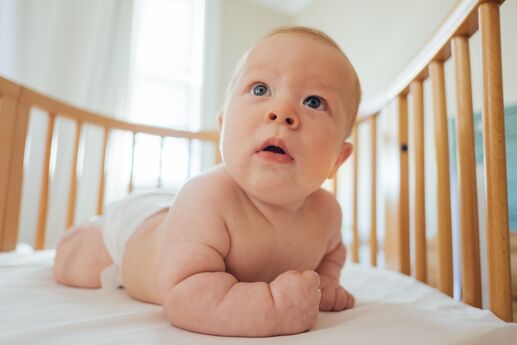How to Make Toddler Playtime Even Better
One of the best parts of parenthood is that you get to play like a kid again. Playing with your toddler is a blast, but there’s purpose behind this fun activity, too. Playtime aids in the development of important motor and cognitive skills and can help your toddler better understand the world around her.
Here are three ways to amp up your toddler’s playtime:
Challenge her imagination
Encourage your toddler to use her imagination to create wild, wonderful worlds that don’t already exist in her playroom. Building forts from pillows and blankets, singing into spoon ‘microphones’ and hosting tea parties for her stuffed animals are classic examples of imaginary play.
You can also foster this type of play by asking your toddler open-ended questions. So you might say something like, “What would happen if our couch was a boat?” or “Do you want to put on a puppet show with your dolls?” You might be surprised by what your toddler comes up with all on her own.
Reduce clutter
Providing a ton of toys for your toddler isn’t always the best course of action. If your toddler’s play space is packed, she may feel overwhelmed and lose focus.
Keep some of her toys in a closet and rotate out her “old” toys for “new” ones every few weeks. You’ll be surprised how much she appreciates her plastic piano when she’s not used it for a couple of days.
Back off
There’s tremendous value in encouraging independent play while you keep an eye out nearby. Independent play allows your toddler to feel more self-sufficient and can help encourage creativity.
When you do play together, be sure to give your toddler the opportunity to direct playtime. Often moms feel the need to talk the entire time they’re playing, but give your child the space to speak, too. You may be surprised what your toddler says when you give her the chance.
Photo by Guillaume de Germain on Unsplash





